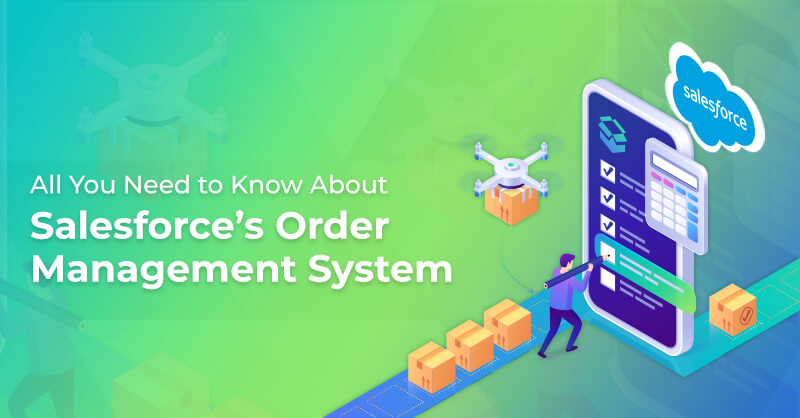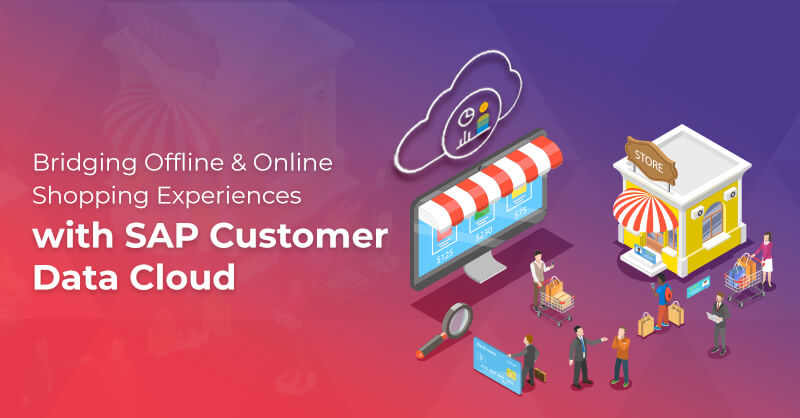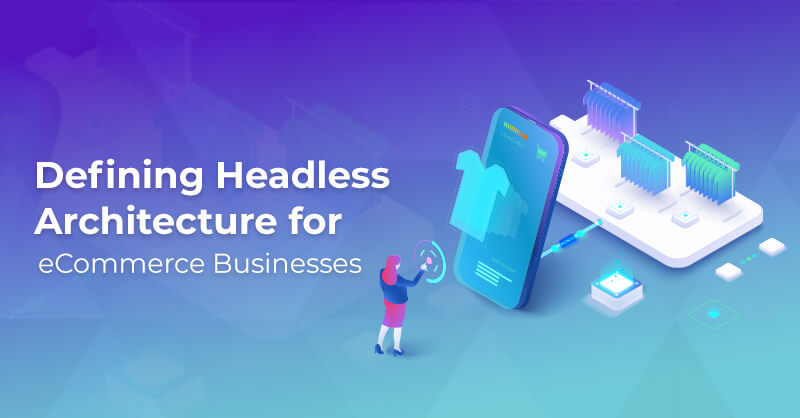Are you Planning for Ecommerce Replatforming?
Written by Jeethu Augustine
Technical Content WriterThere has been a rise in the number of organizations shifting to Microservices from the traditional Monolithic architecture. And this is because customer demands are continually changing, new touchpoints are emerging, and innovative communication paths between consumers and suppliers continue to appear. Brands and retailers are required to build new prototypes quickly, experiment and create services for their customers and drive loyalty. While there could be many reasons why the businesses are opting for the shift, the main reason is the need for digital transformation instilled by the current circumstances. In this blog, let us discuss the multiple aspects of re-platforming, taking as example two of the most efficient ecommerce solutions, Magento and commercetools.
Magento is well established and recognized as one of the market leaders by Forrester and Gartner. Magento was released in 2008 as an open-source commerce platform with multi-store functionality and plugin extensibility. Currently a part of Adobe, it is integrating Magento into its cloud offering, connecting with tools such as the Adobe Experience Manager.
commercetools is an innovative, cloud-native commerce platform, which has the most flexible architecture. It offers a cloud-native, multi-tenant, headless commerce solution with auto-scaling functionality and continuous updates. It has a flexible API which brands, merchants, and system integrators can use as microservices.
While migrating from their current platform, businesses should evaluate whether the IT ecosystem they are migrating to can support current and future business objectives.
What do Magento and commercetools offer?
| Magento | commercetools | |
|---|---|---|
| Licensing | Installation-based | Usage-based |
| Upgrade | Multiple updates required | Continuous integration, frequent feature pushes, non-breaking API changes |
| Operations | Higher operational cost | Front-end hosting has external cost |
| Deployment Model | On-prem or hosted through Magento or in AWS | Cloud-native and can be hosted in GCP or AWS |
| API Capabilities | 100% API coverage with REST and SOAP options | Well-documented APIs, highly customizable, events, webhooks, and GraphQL support with 100% REST coverage |
| Maintainability | Requires development effort to implement and ensure integrations are still working, so more QA testing | Seamless, background updates that require no extra effort or downtime for maintenance, always up-to-date, no further QA testing. |
| Headless | Available, but with limited personalization capabilities | Natively built without a front end |
| Integration | Third-party integration | Highly extensible with the flexibility to integrate |
| Functionality | Functionality is party consumable via APIs | API-first approach, 100% functional coverage |
In order to stay up to date and relevant, it is extremely important to have a highly effective and scalable ecommerce solution that would fuel the growth of your online business. Having a technical team that needs to constantly manage maintenance and updates will not benefit the organization. And so, to help innovate and grow your business, you need to build customer-facing features which generate real tangible business value.
If you are thinking about migrating to commercetools or Magento, Royal Cyber can help you migrate without disrupting daily business or stifling operations. Learn more about our services and packages.



